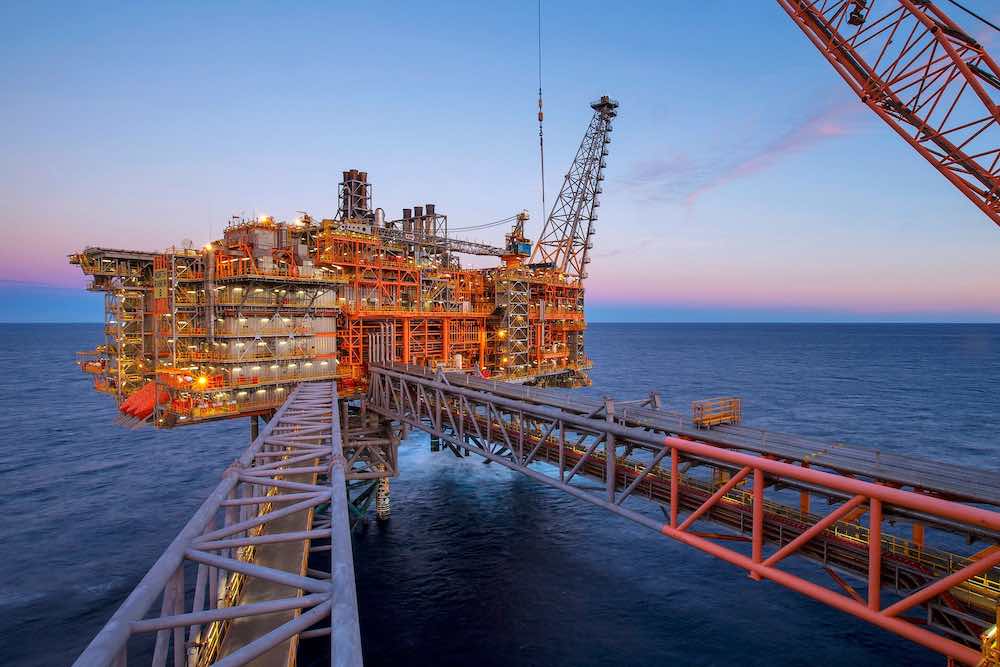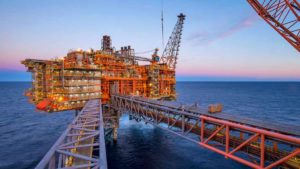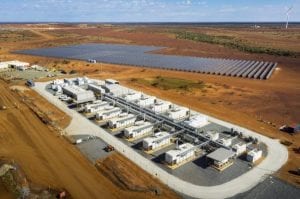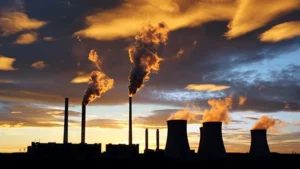Just weeks after securing the passage of its 2030 climate target, the federal Labor government has announced the opening up of 46,000 square kilometres of new offshore land for oil and gas exploration, and new areas where it hopes that carbon capture and storage can become a reality.
The new oil and gas permits will allow exploration in 10 new areas off the coasts of the Northern Territory, Western Australia, Victoria and the Ashmore and Cartier islands.
Speaking in a video address to NT Resources Week, Minister for Resources Madeleine King acknowledged the need for rapid decarbonisation, but said the new acreage would be key to securing Australia’s energy supplies.
“At the same time as we strive to reduce emissions it must be emphasised that continued exploration for oil and gas in Commonwealth waters is central to alleviating future domestic gas shortfalls,” King said.
The news has been met with scepticism by many, particularly Greens politicians and the so-called ‘teal independents’, many of whom rode to victory in the recent election on the promise of tougher climate action, and who were reluctant to embrace the 43 per cent target outlined by Labor.
On the other hand, amid an escalating global gas crisis, the move is likely to appease anxieties around Australia’s fuel security and the ongoing cost of living crisis.
Independent David Pocock took to Twitter: “You can’t be serious about climate action, talking up how you’re legislating 43% by 2030 + Net 0 by 2050 while at the same time opening up 46,000 square kilometres for offshore oil and gas exploration.”
Greens Senator Peter Whish-Wilson tweeted: “Labor likes to talk big on climate, but when it really matters they’ll do exactly what their fossil fuel donors demand.”
A let-down after the ‘climate election’, or a necessary evil?
The 2022 Australian Federal Election was dubbed the ‘climate election’ – and the ALP’s victory a ‘greenslide’ – as voters ousted the Coalition government in favour of candidates promising stronger action on climate change.
That election saw the greatest ever number of Greens senators sworn in, alongside a new wave of climate-savvy independent candidates, the so-called ‘teal independents’. It triggered renewed optimism, both abroad and at home, that Australia could turn its historically abysmal climate record around.
The legislation of a new 43% emissions reduction target just weeks ago was a marked first step by Albanese’s Labor government, though it still falls short of what would be needed to limit warming to (or close to) 1.5°C.
This latest move, on the other hand, is likely to erode trust in the ALP’s climate commitments.
“The more carbon dioxide we emit into the atmosphere the more we warm the planet and risk dangerous and permanent climate changes,” said Dr Andrew King, a lecturer in climate science at the University of Melbourne.
“Any steps to expand fossil fuel-based energy resources are concerning in the face of the climate changes we are already experiencing after a little over 1 degree Celsius of global warming.”
From King’s perspective, ramping up focus on renewable projects is key if Australia hopes to achieve its climate commitments.
“Australia has an abundance of sun and wind among many other resources which we can use for renewable energy,” said King. “Focusing on renewables will help Australia reach our emissions reduction targets and decrease the damage we are doing to the climate system.”
But Minister King, in language that bore subtle echoes of former PM Scott Morrison’s ‘gas-led recovery’, affirmed the role of natural gas as a placeholder in the transition to a greener future.
“Gas enables greater use of renewables domestically by providing energy security,” Minister King said. “Australian LNG is also a force for regional energy security and helps our trading partners meet their own decarbonisation goals.”
Can CCS pick up the slack?
In the same speech, King announced two new offshore greenhouse gas storage areas off the coasts of the Northern Territory and Western Australia. Those two sites make up part of a joint venture between INPEX, Woodside Energy and TotalEnergies.
“Carbon capture and storage has a vital role to play to help Australia meet its net zero targets. Australia is ideally placed to become a world leader in this emerging industry, with large, stable offshore geological formations for greenhouse gas storage,” minister King said.
King said she would announce the release of more greenhouse gas storage acreages later this year.
Carbon capture and storage (CCS) involves drawing carbon dioxide from the exhaust gases of industrial processes and storing it, in liquid form, deep underground.
CCS is recognised by the Intergovernmental Panel on Climate Change as a core pillar of a robust climate change mitigation strategy, because emissions reductions alone are not predicted to manage the scale of the current crisis.
But critics have expressed concerns about the high cost of CCS, its nascent and imperfect technologies, and the risk that it will slow down the transition to zero-carbon energy sources.
And given Australia’s only industrial scale CCS facility, at Gorgon LNG on Barrow Island in Western Australia, was found in 2021 to have stored just 30% of the CO2 it produced in five years, doubts over the viability of CCS are valid.
While many have criticised the announcement, the oil and gas sector has welcomed it, praising it as a key stepping-stone in the move to net-zero.
Commenting on the new acreages opening up for exploration, the Australian Petroleum Production & Exploration Association’s (APPEA) chief executive, Samantha McCulloch, said, “these announcements are important to ensure our industry can continue to reduce emissions while ensuring future energy security.
“More exploration means more supply – which means continued energy security for Australian homes and businesses.”










